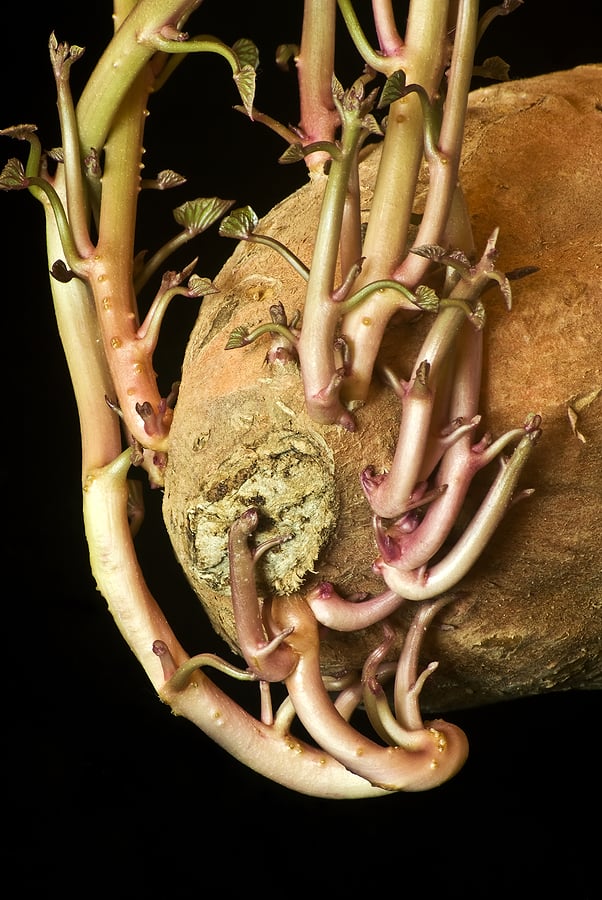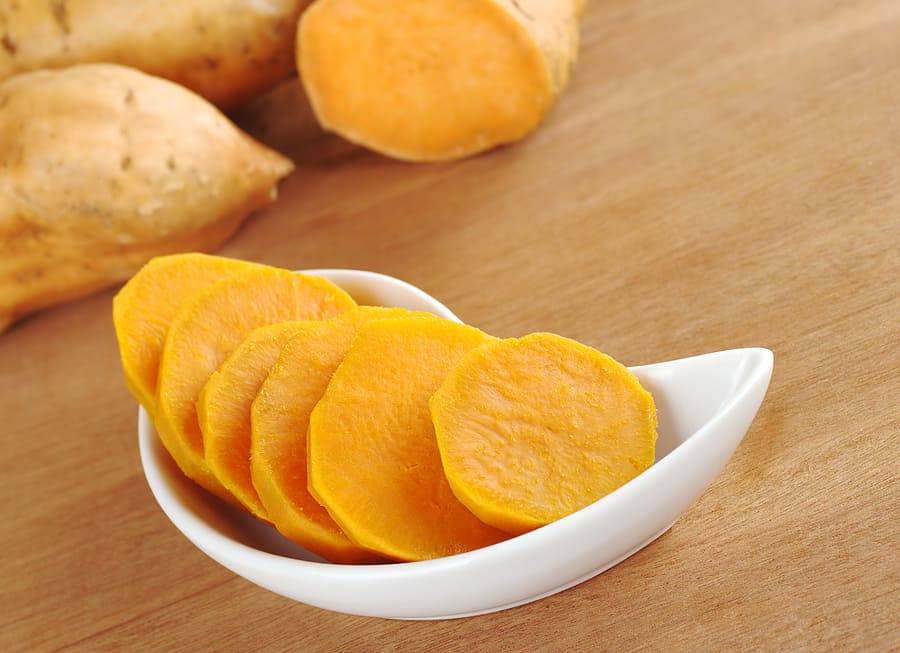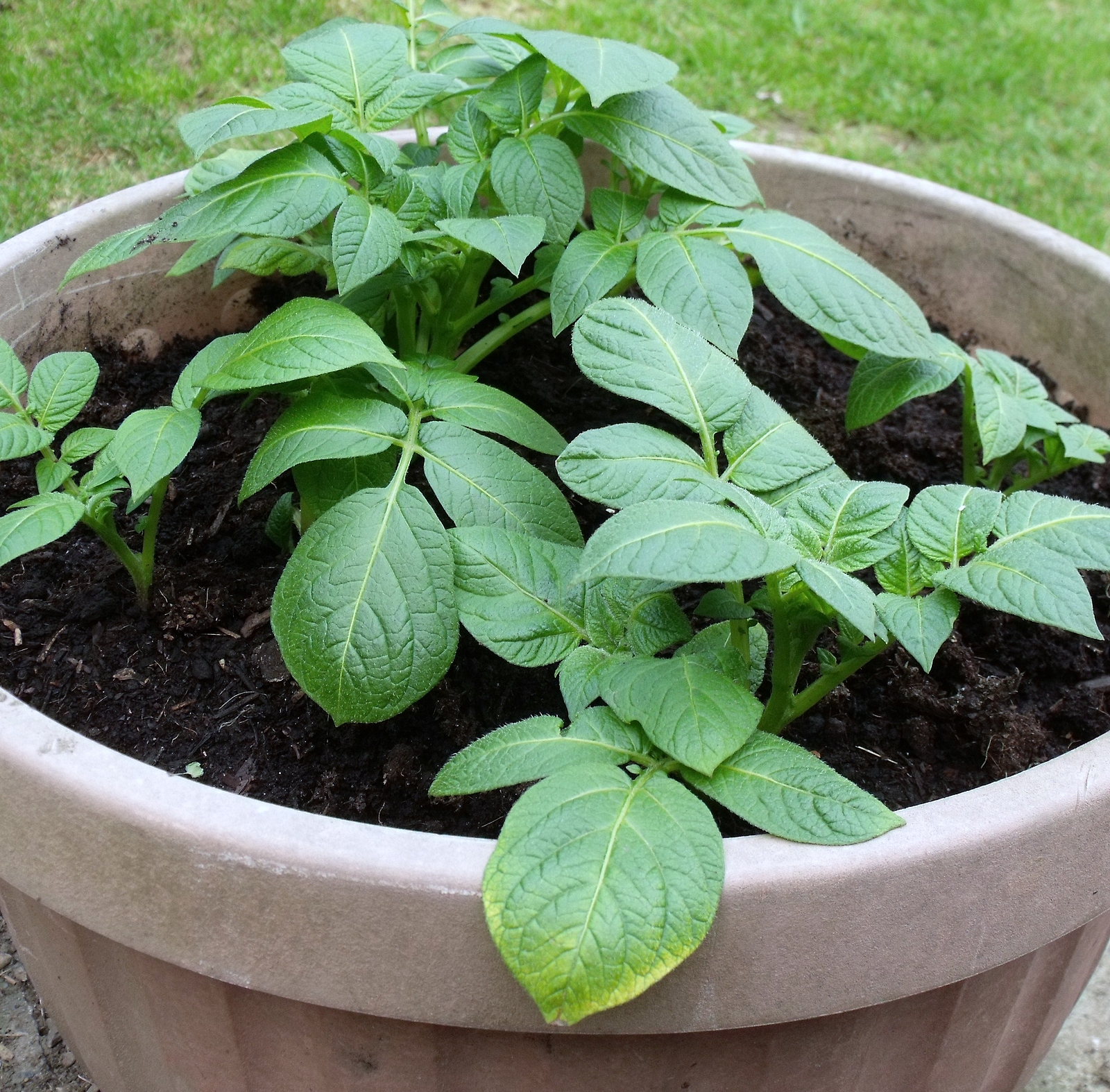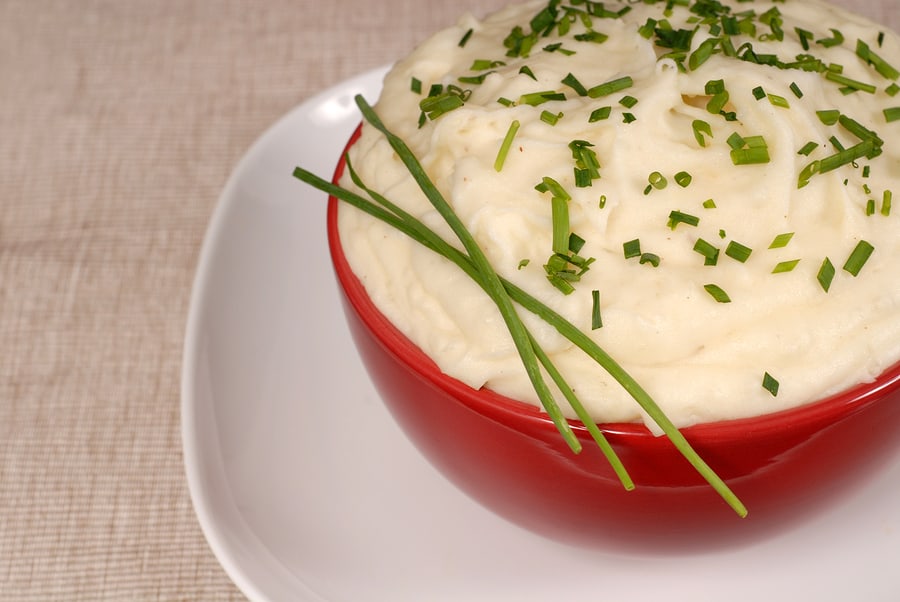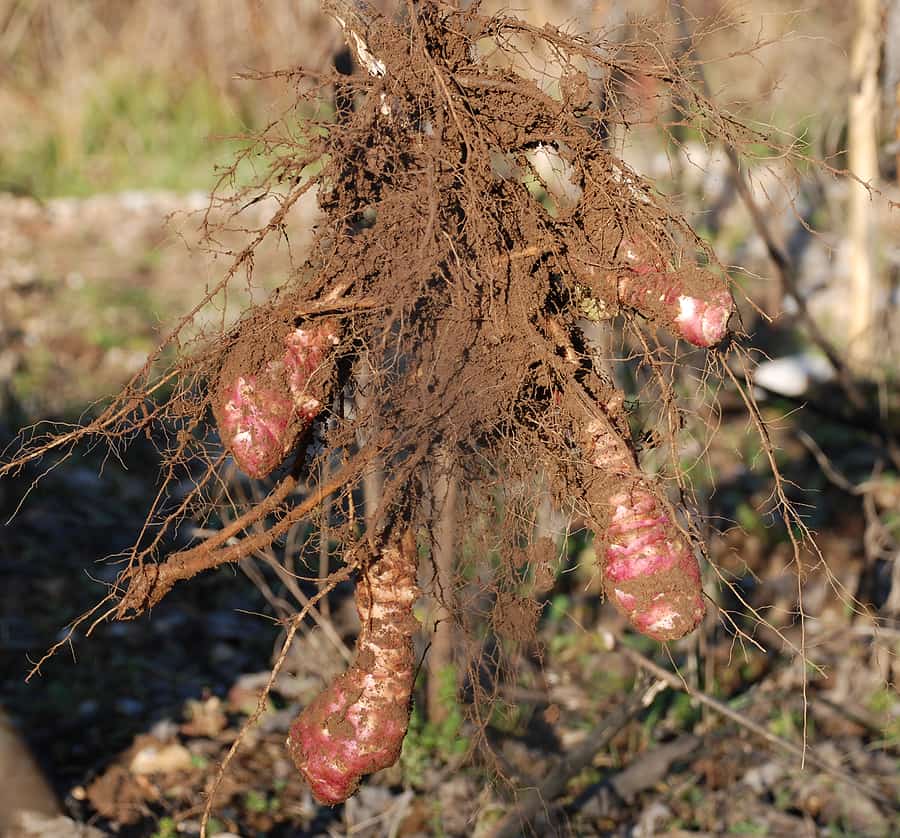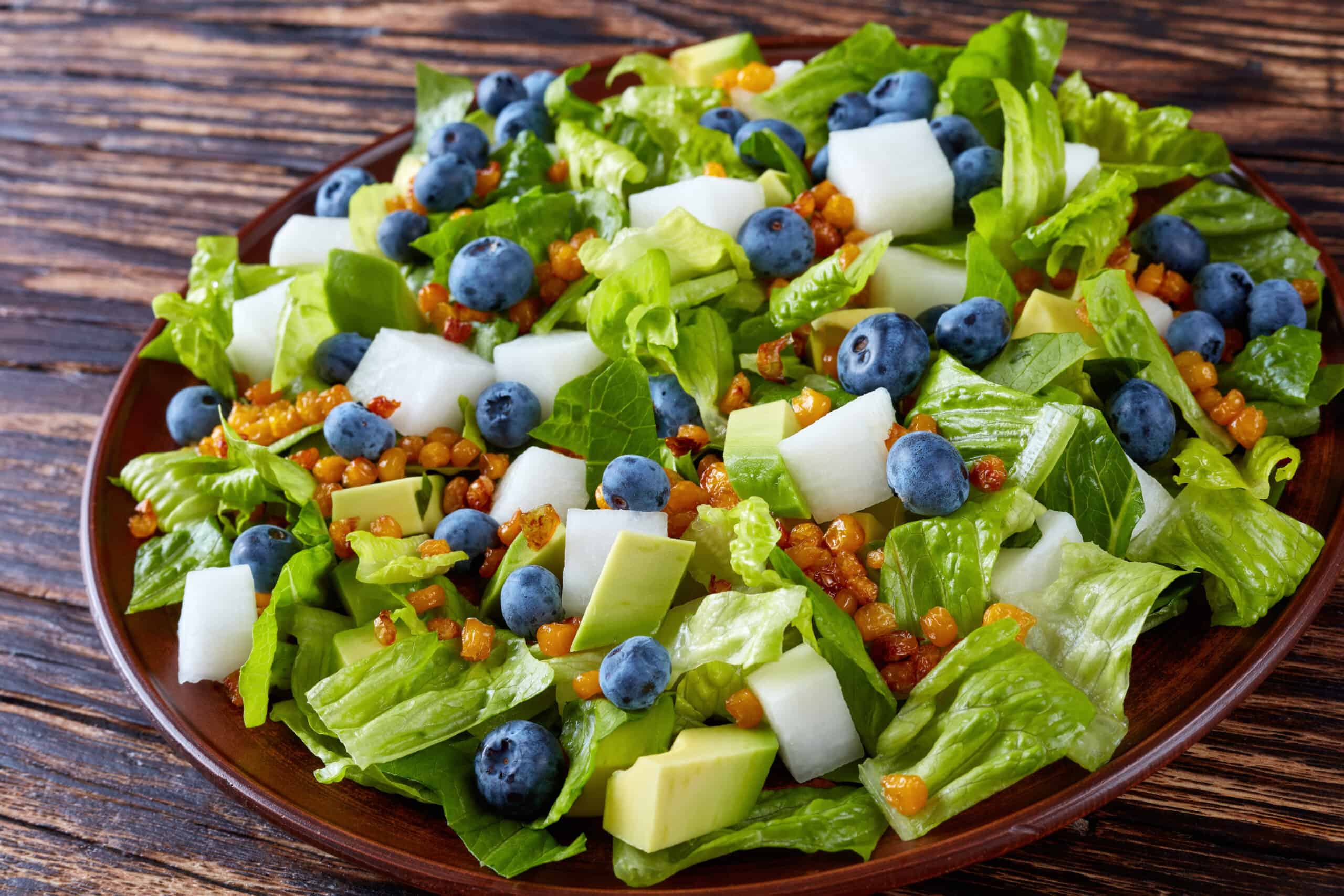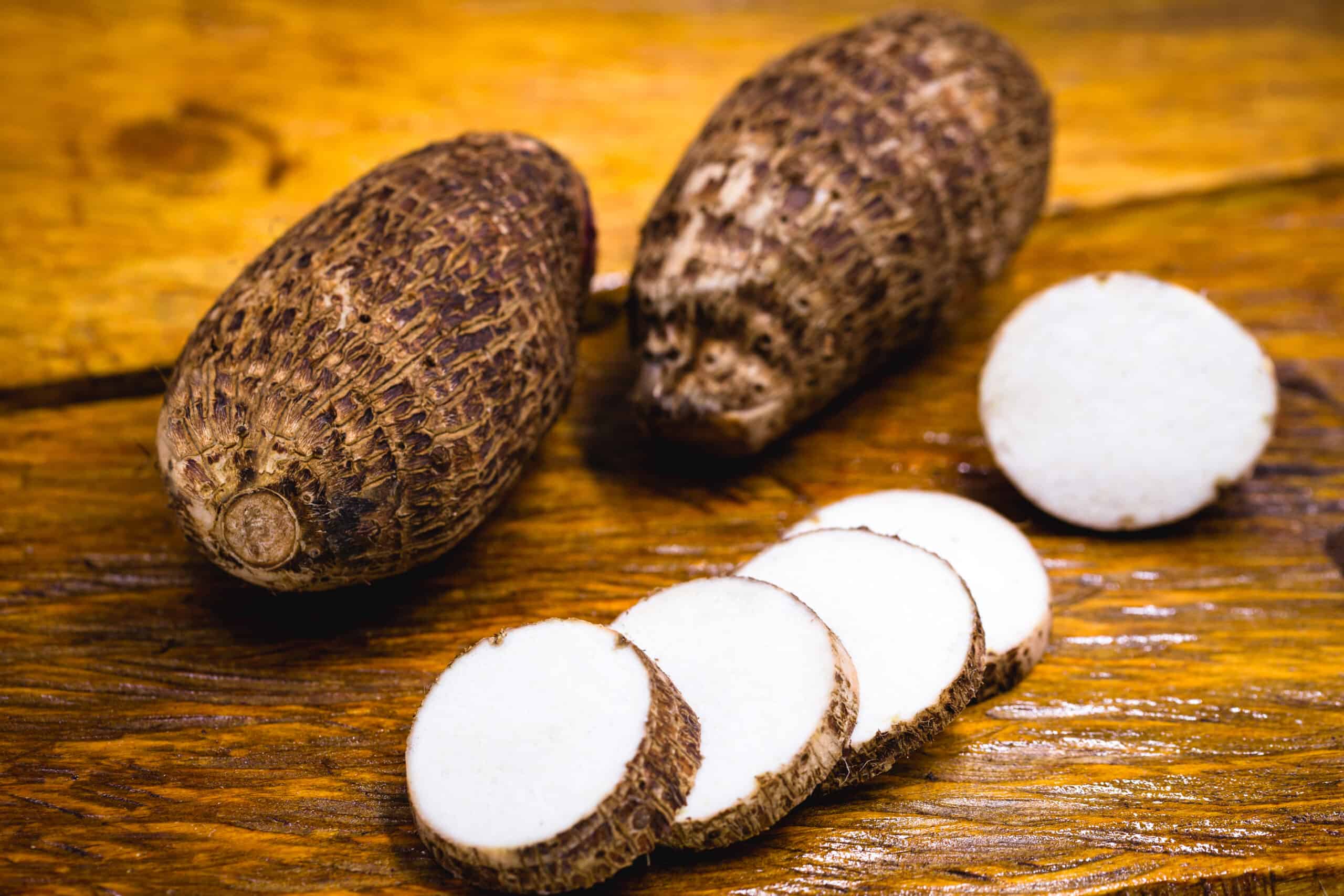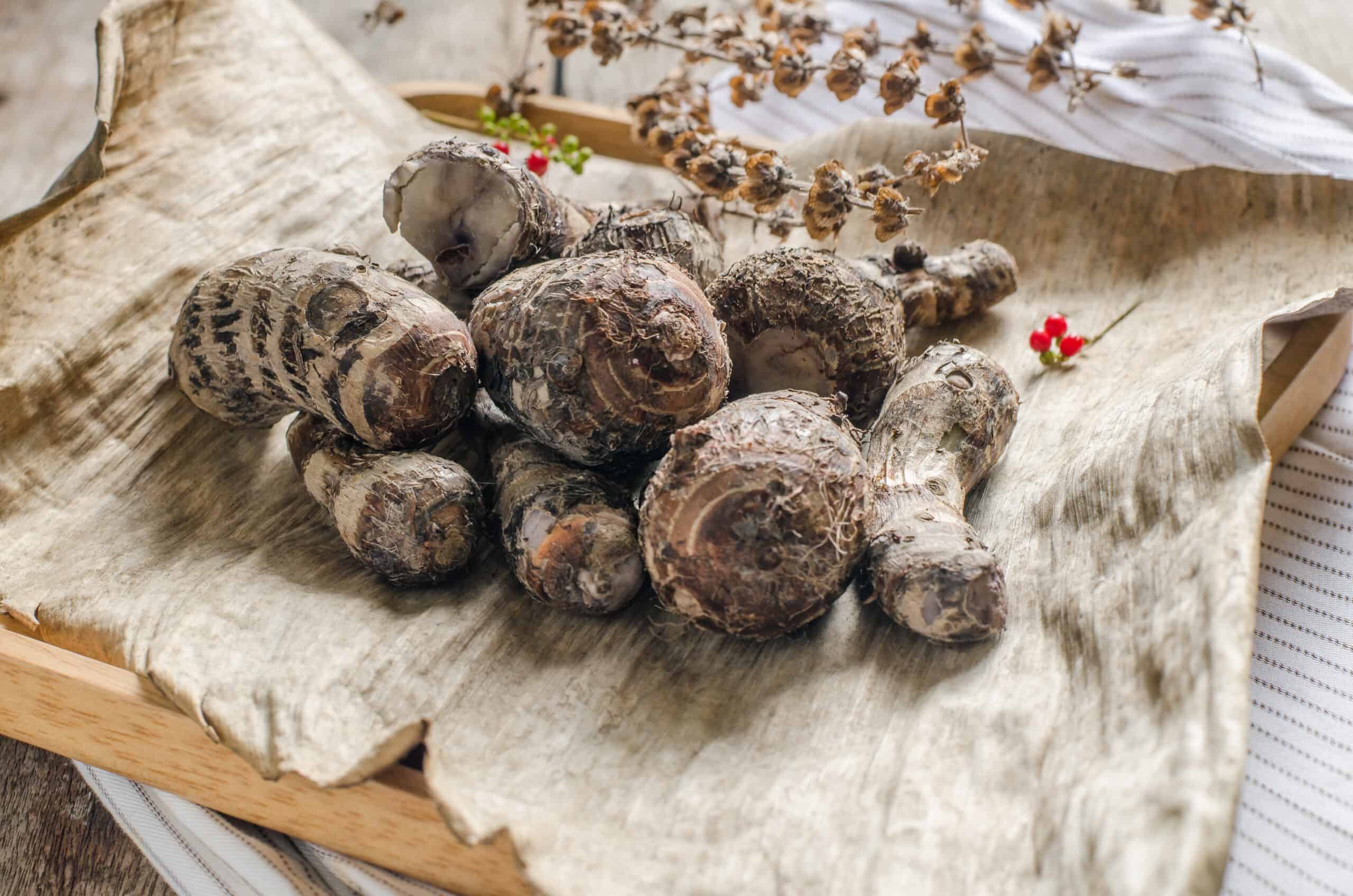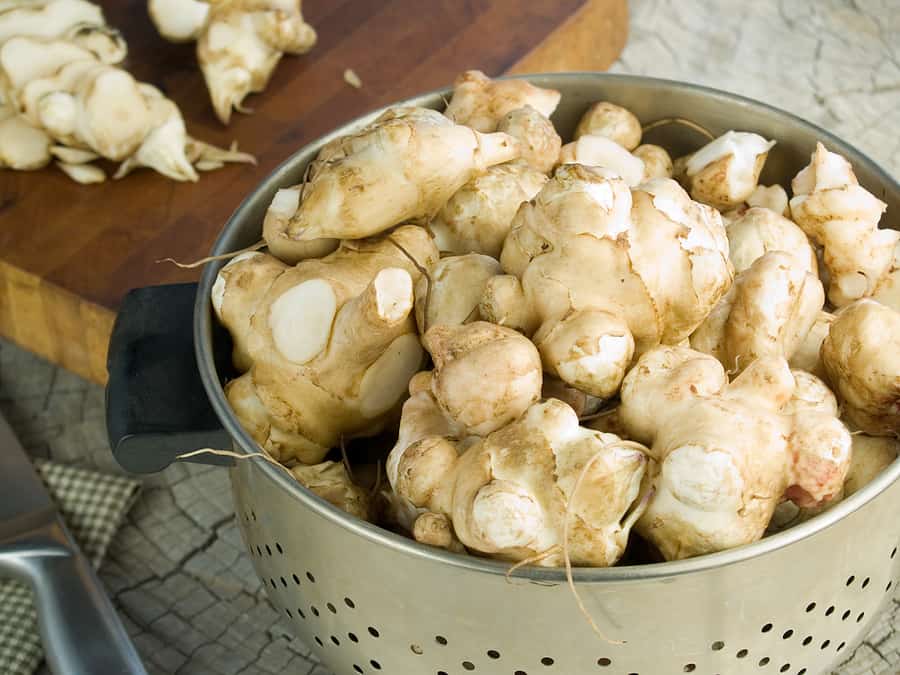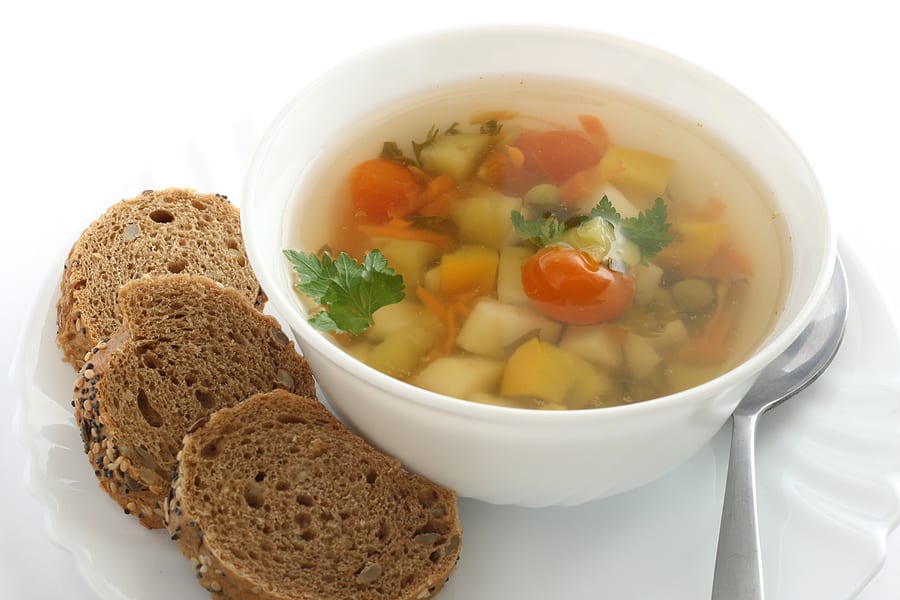Tuber Vegetables
Latest stories
More stories
-
Grow Potatoes in Pots and Grow Bags: Seven Easy Steps
Growing potatoes in pots, grow bags, and containers is an excellent way to produce fresh, homegrown spuds without the need for a large plot of land. Growing potatoes in pots and containers is a great option for small gardeners, and the results can be very rewarding. With a little care and attention, you can enjoy […] More
-
6 Easy Steps to Grow Organic Potatoes
Organic potatoes are a great addition to any home garden. Not only are they packed with vitamins, minerals, and fiber, but they also provide a unique and flavorful cooking experience. Growing organic potatoes in your home garden is both rewarding and easy as long as you are well-versed in how to grow potatoes. Here are […] More
-
Seven Ways to Cook and Serve Potatoes
Potatoes are not fattening. Potatoes are high in fiber content and contain quality complex carbohydrates that will fill you up but not fill you out. A medium-sized baked potato contains around 90 calories, about the same as an apple. However, potatoes drenched in butter or smothered in gravy or the fat in the steak you […] More
-
How to Plant and Grow Jerusalem Artichoke — Sunchoke
The sunchoke, also called Jerusalem artichoke, is a variety of perennial sunflowers grown for its edible low-starch tuber which looks much like a small potato but tastes like a water chestnut. The sunchoke is a hardy perennial that grows from 5 to 10 feet tall. The plant has rough-textured leaves 4 to 8 inches (10-20cm) […] More
-
How to Serve Jicama Raw or Cooked
The stark white flesh of jicama is cool and crunchy, perfect for eating out of hand after peeling. Jicama can be diced and added to fruit or green salads or speared and featured on dessert trays next to cantaloupe and pears and cheese cubes. Jicama can be combined with other vegetables in stir-fries or added […] More
-
Three Easy Ways to Cook and Serve Yams
A yam and a sweet potato are not the same vegetables, but they can be substituted for one another in most recipes. The yam has more natural sugar and is, therefore, sweeter than the sweet potato and its flesh is moister than the sweet potato. Yams–depending upon variety—can have a flesh that is white, yellow, […] More
-
Five Ways to Cook and Serve Taro
Taro, also called dasheen, eddo, or cocoyam, is always eaten cooked. Taro can be steamed, boiled, fried, stir-fried, baked, and braised. It is often added to stews and soups where it absorbs fatty juices and serves as a nutty thickener. Taro is a starchy root vegetable that has a sweet, nutty flavor—a flavor and texture that […] More
-
Five Ways to Cook and Serve Jerusalem Artichokes — Sunchokes
The sunchoke can be eaten raw or cooked. It has a crunchy, delicate, sweet, nutty flavor. The taste is reminiscent of jicama, water chestnuts, or artichokes. Sunchoke is the root of a perennial sunflower. The sunchoke also is called Jerusalem artichoke but it is not related to the artichoke. It is tastiest if harvested just […] More
-
Yellow Potato Side Dish and Soup
Yellow potatoes like ‘Yukon Gold’ and ‘Yellow Finn’ are ideal for boiling and using in salads and gratins or adding raw to stews. They are moist with a dense flesh and low in starch which means they will hold their shape cooked. You can boil yellow potatoes whole and unpeeled or cut and unpeeled or […] More

